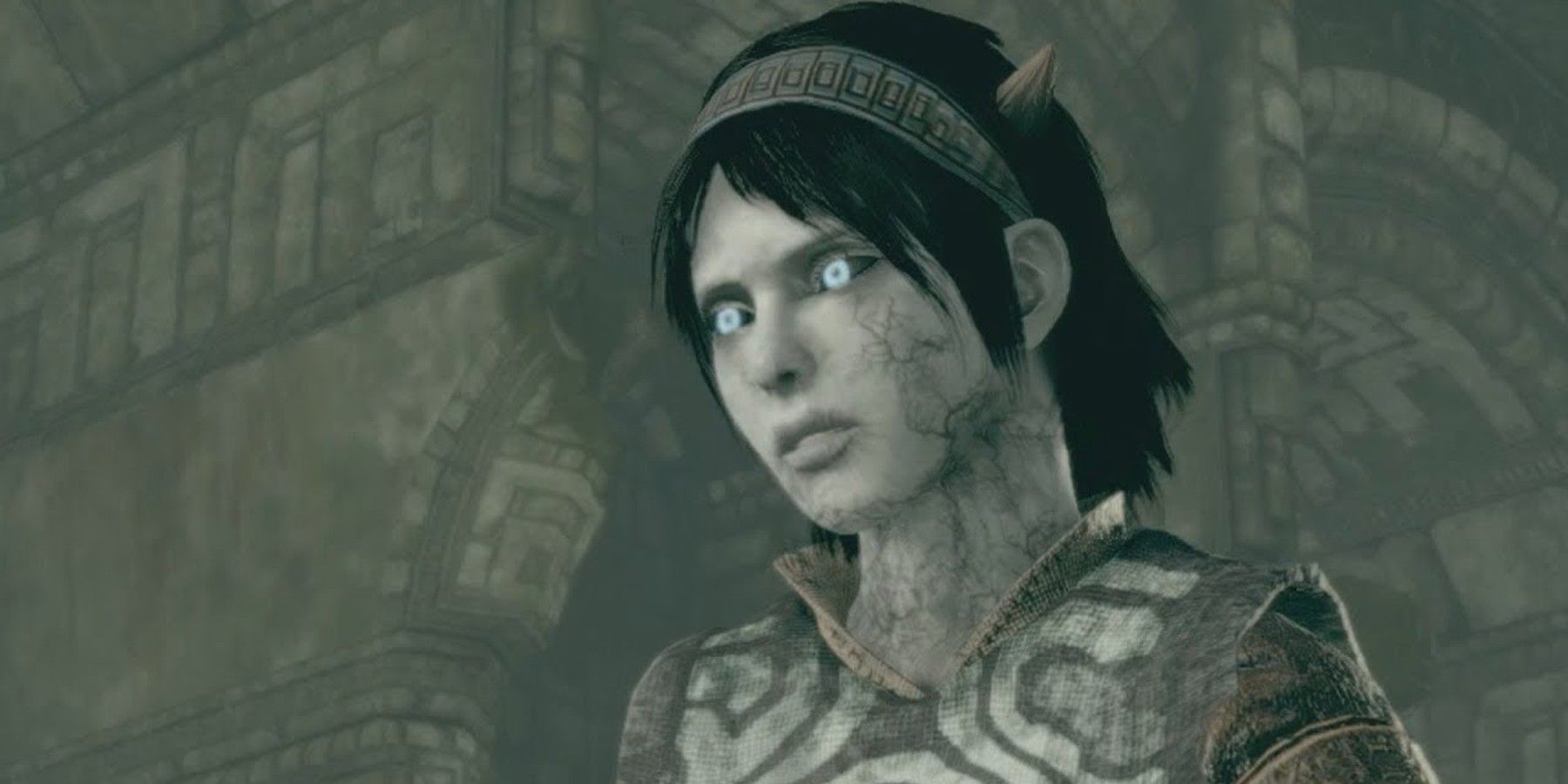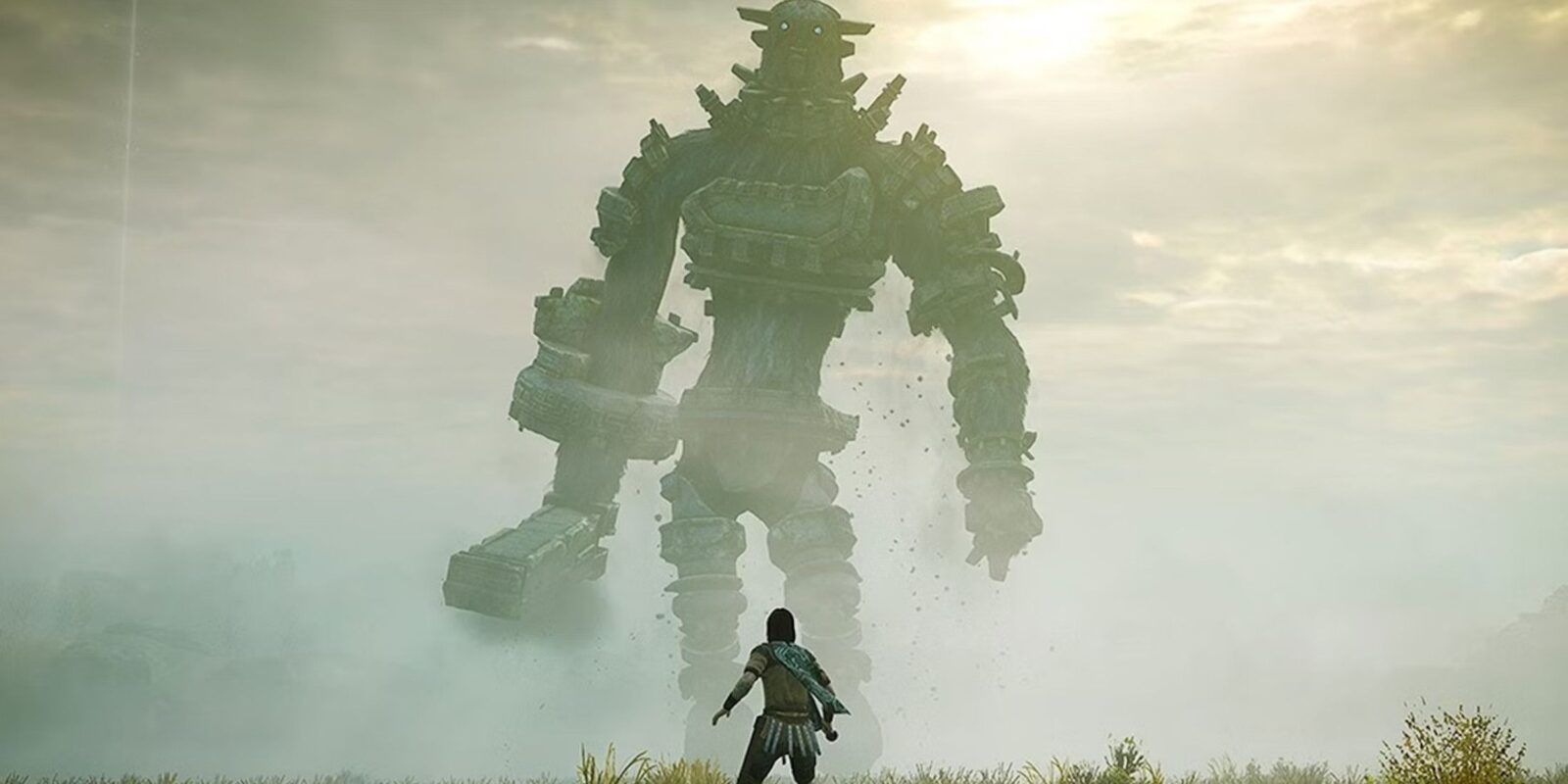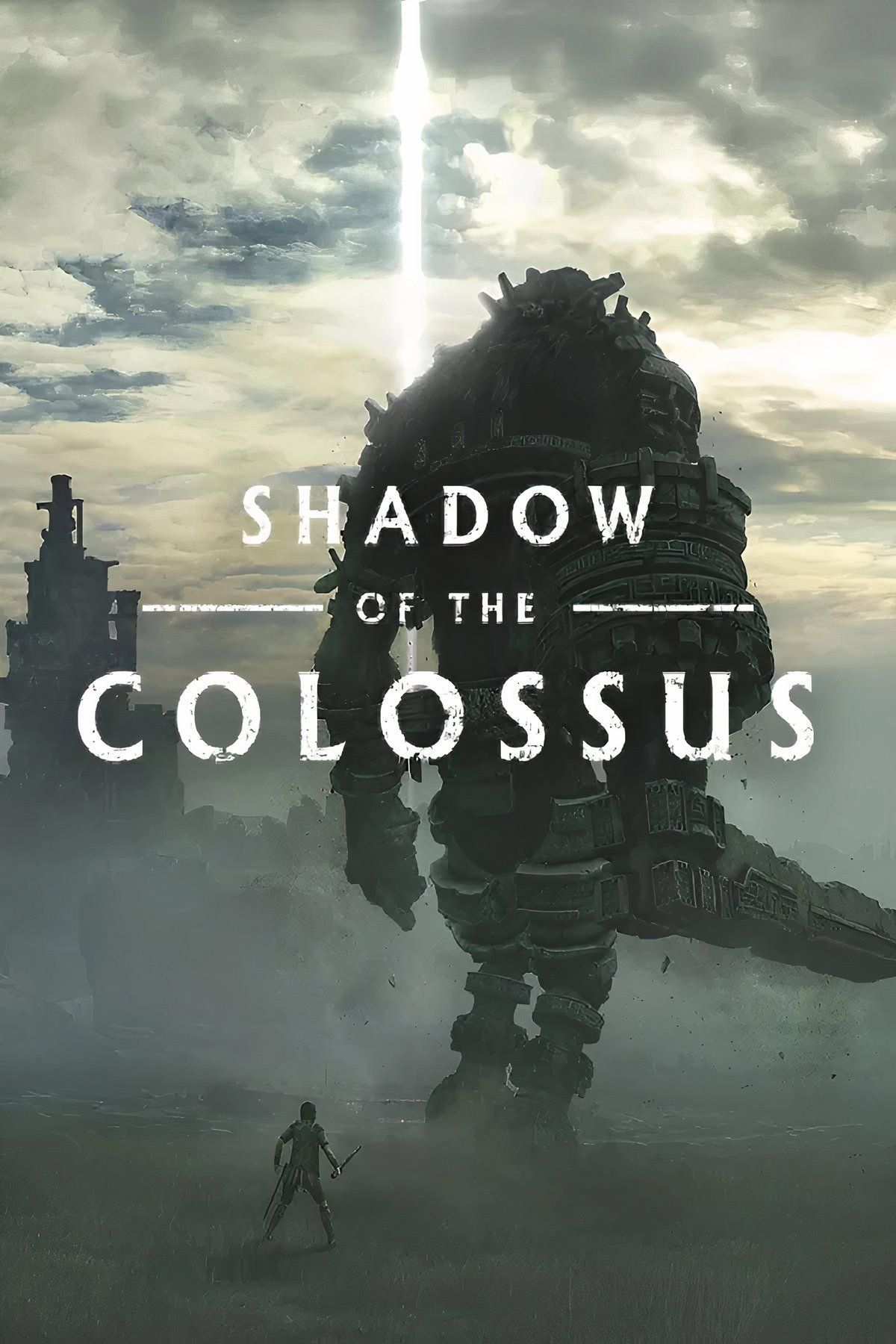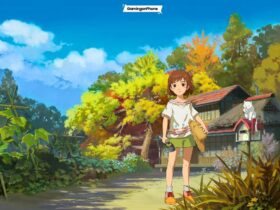Announced 15 years ago, the Shadow of the Colossus film adaptation is rearing its head, as reports have emerged that it is still in development. The adaptation is being helmed by The Flash director Andrés Muschietti, who told Argentine radio station Radio TU that the project hasn’t been abandoned, and that its biggest hurdle at the moment is financing, since the Shadow of the Colossus IP isn’t as mainstream as something like Uncharted.
Whether news about this adaptation is a good thing will likely be debated by Shadow of the Colossus fans until it releases. Video game film and TV adaptations have come a long way, with shows like The Last of Us and Fallout being particular standouts, even as ventures like Borderlands continue to flop. On the one hand, this is a good omen for future adaptations, but it must be noted that something like The Last of Us, which borrows a great deal from the language of cinema, is radically different from Shadow of the Colossus, a pensive, meditative, and thoughtful adventure without dialogue or a traditional plot. It certainly won’t be the easiest game to faithfully adapt.

Related
How Games Like Shadow Of The Colossus Turned Players Into Villains
Shadow Of The Colossus is renowned for its devastating ending, with the classic game one of many that have turned players into the villain.
The Shadow of the Colossus Movie Has a Tightrope to Walk
Shadow of the Colossus’ Gameplay-Narrative Connection
The story of Shadow of the Colossus is rather simple. Presented minimally, the plot centers on a character simply known as Wanderer, who has taken a young maiden named Mono to the Forbidden Lands in an attempt to resurrect her after she was sacrificed for vague reasons. Dormin, an enigmatic deity, tasks Wanderer with defeating the sixteen Colossi that roam the Forbidden Lands, offering to revive Mono in exchange. This is about as explicit as the story gets; the rest of it is conveyed through subtle and interpretive means, mostly through the boss battles with each Colossus.
These fights are iconic, bombastic, and thrilling, evoking the same feelings as the story of David and Goliath, and rather effectively, at that. With how minimalist Shadow of the Colossus‘ plot is, it’s easy to understand the significance of these fights, and the more subtle and interpretable aspects of the story are conveyed through means like music, animation, and gameplay design. This makes Shadow of the Colossus incredibly special, not to mention influential, but it’s not a style that’s easy to adapt to the medium of film.
The Shadow of the Colossus Movie Needs to Find a Way to Balance Fights and Story
The majority of Shadow of the Colossus‘ tone and storytelling are communicated through gameplay, especially the tense, long fights with each Colossus. Thus, these fights are essential to include in the film, while doing them justice through visuals, music, and narrative significance. The problem is that, though sixteen extensive, epic battles make a great foundation for a video game, they aren’t the best fit for an engaging, mass-market film, which will probably need a bit more narrative meat for audiences to latch onto.
According to the Radio TU interview, Muschietti is seeking as much as $200 million for the Shadow of the Colossus adaptation, indicating that it will probably not be radical or experimental with its presentation. In other words, it will likely adhere to blockbuster filmmaking staples rather than avant-garde tendencies.
So, any Shadow of the Colossus movie would need to flesh out the narrative a bit, with the aim of being comprehensible. At the same time, the Colossus fights cannot be overlooked or by-the-numbers, as they are the meat and potatoes of the whole experience. Two hours of nothing but Colossus fighting would probably make audiences’ eyes glaze over, but they still need to be the driving force of the film, so Muschietti may have his work cut out for him.














Leave a Reply